View all Standards for Florida Sunshine State Standards
TH.912.S.3.1 Articulate, based on research, the rationale for artistic choices in casting, staging, or technical design for a scene from original or scripted material.
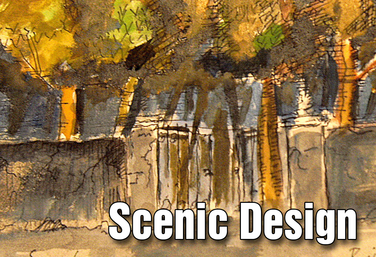
Part of the Drama One Curriculum
Scenic Design
by Karen Loftus
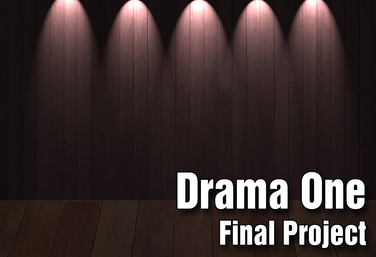
Part of the Drama One Curriculum
Drama One Final Project
by Karen Loftus
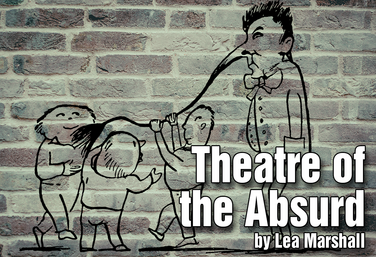
Theatre of the Absurd
by Lea Marshall
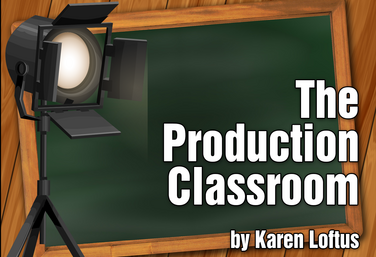
Part of the Production Classroom Units Curriculum
Production Classroom Units Overview
by Karen Loftus

Part of the Production Classroom Units Curriculum
Part One - Pre-Production
by Karen Loftus

Part of the Production Classroom Units Curriculum
Part Two - Rehearsal and Performance
by Karen Loftus

Part of the Production Classroom Units Curriculum
Part Two - Documents
by Karen Loftus

Part of the Production Classroom Units Curriculum
Part Three - Reflection and Assessment
by Karen Loftus
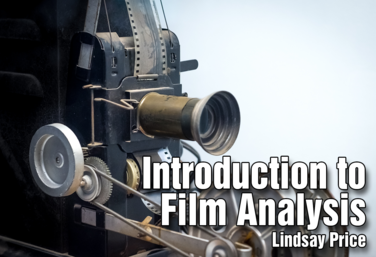
Introduction to Film Analysis: Mise en scène
by Lindsay Price
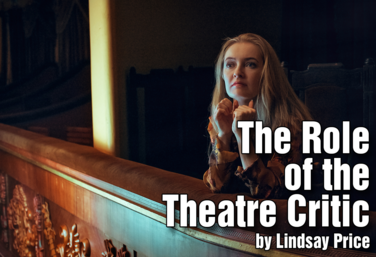
The Role of the Theatre Critic
by Lindsay Price
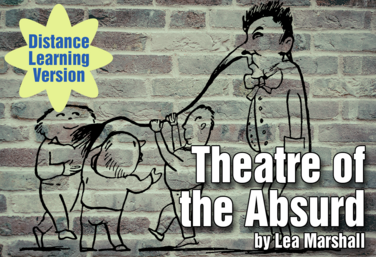.png)
Part of the Distance Learning Curriculum
Theatre of the Absurd
by Lea Marshall
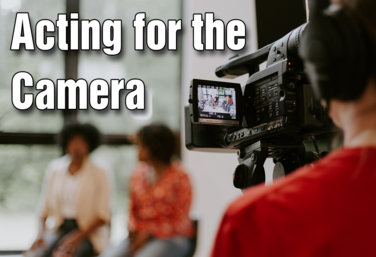
Acting for the Camera
by Ruthie Tutterow
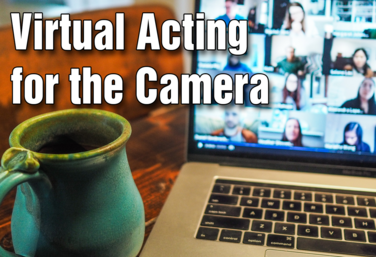
Virtual Acting for the Camera
by Ruthie Tutterow
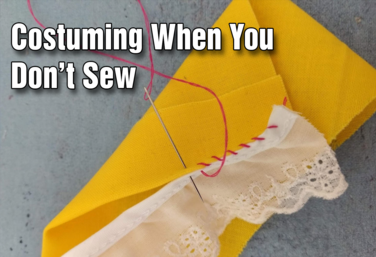
Tech Theatre Unit: Costuming When You Don't Sew
by Drama Teacher Academy
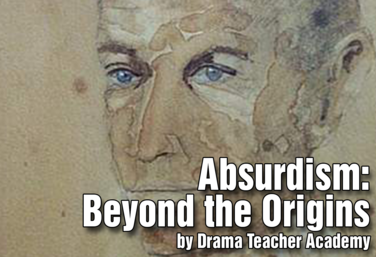
Absurdism: Beyond the Origins
by Drama Teacher Academy

The Do-it-All Director's Introduction to Costuming
by Holly Beardsley

Laban: Advanced Characterization
by Todd Espeland
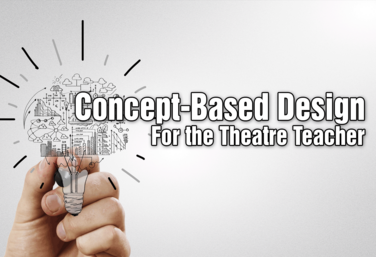
Concept-Based Design for the Theatre Teacher
by Matt Webster
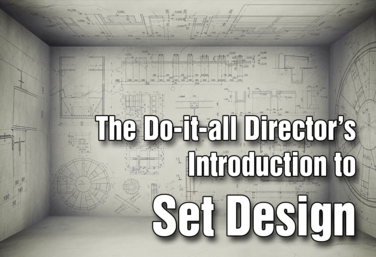
The Do-it-All Director's Introduction to Set Design
by Holly Beardsley
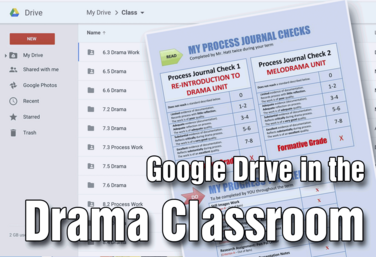
Google Drive in the Drama Classroom
by Josh Hatt

The Production Classroom
by Karen Loftus
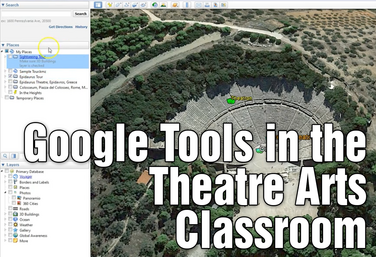
Google Tools in the Theatre Arts Classroom
by Anna Porter

21st Century Skills Through Devising
by Allison Williams
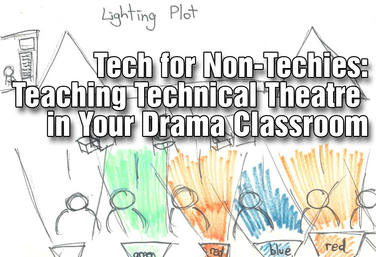
Tech for Non-Techies: Teaching Technical Theatre in Your Drama Classroom
by Josh Hatt
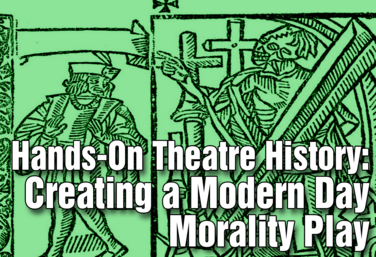
Hands-On Theatre History: Creating a Modern Day Morality Play
by Wendy-Marie Martin
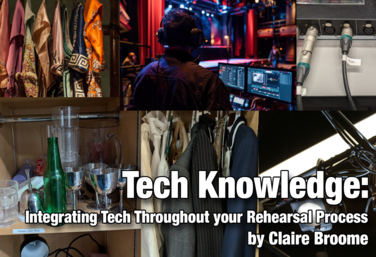
Tech Knowledge: Integrating Tech Throughout Your Rehearsal Process
by Claire Broome
View all Standards for Florida Sunshine State Standards Standards Master List